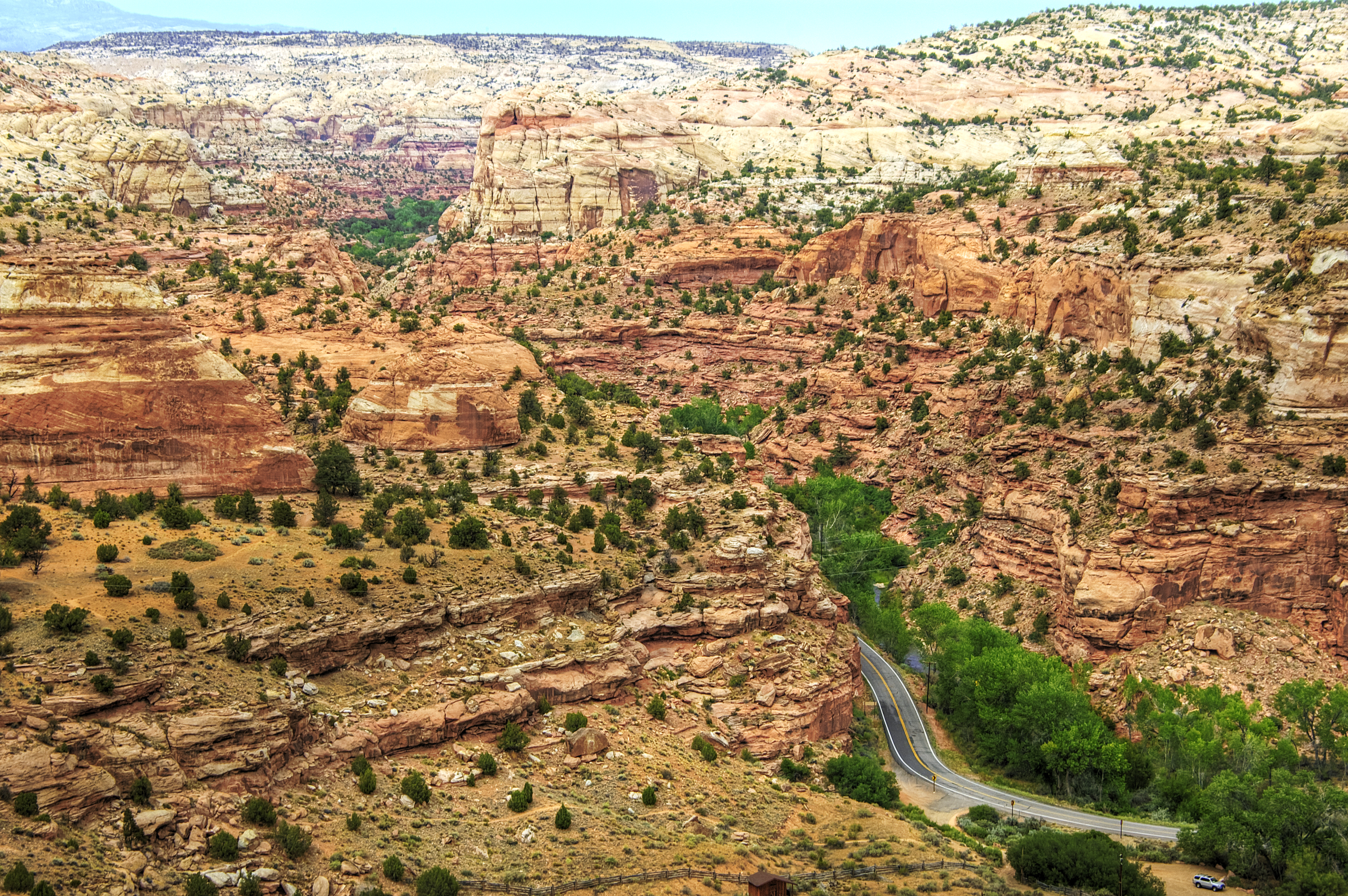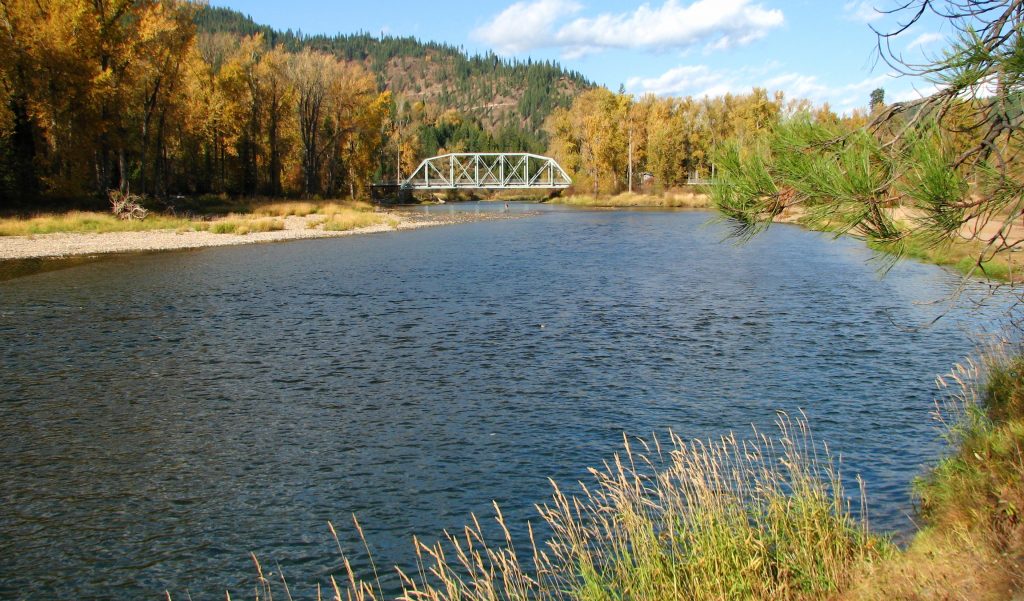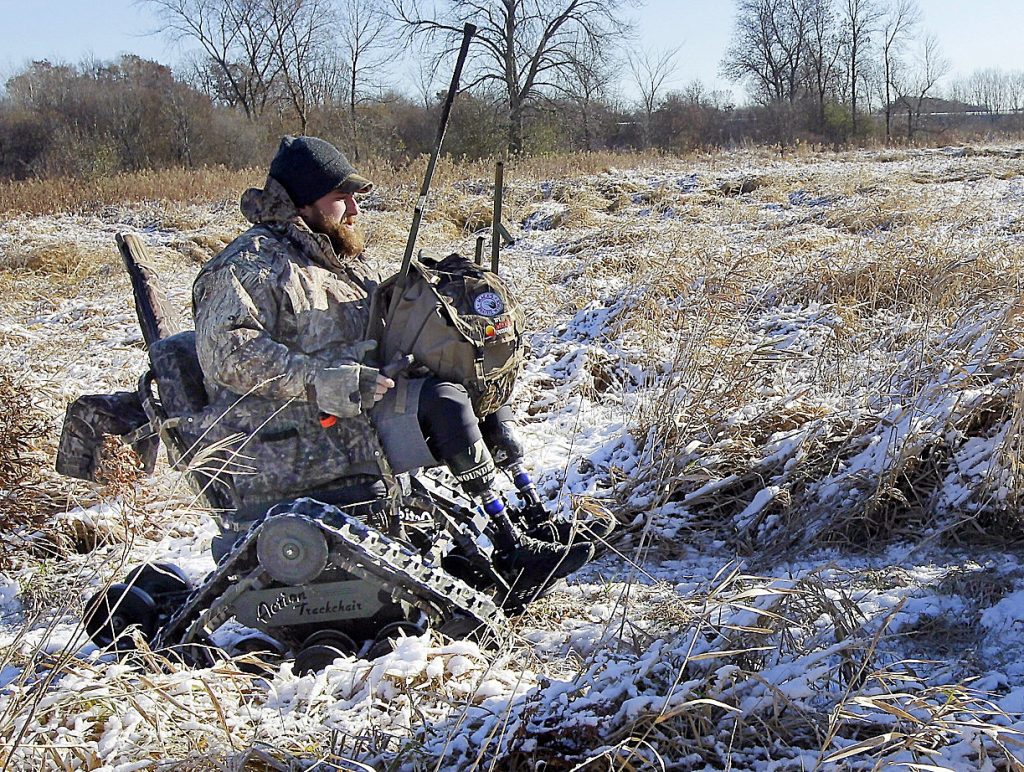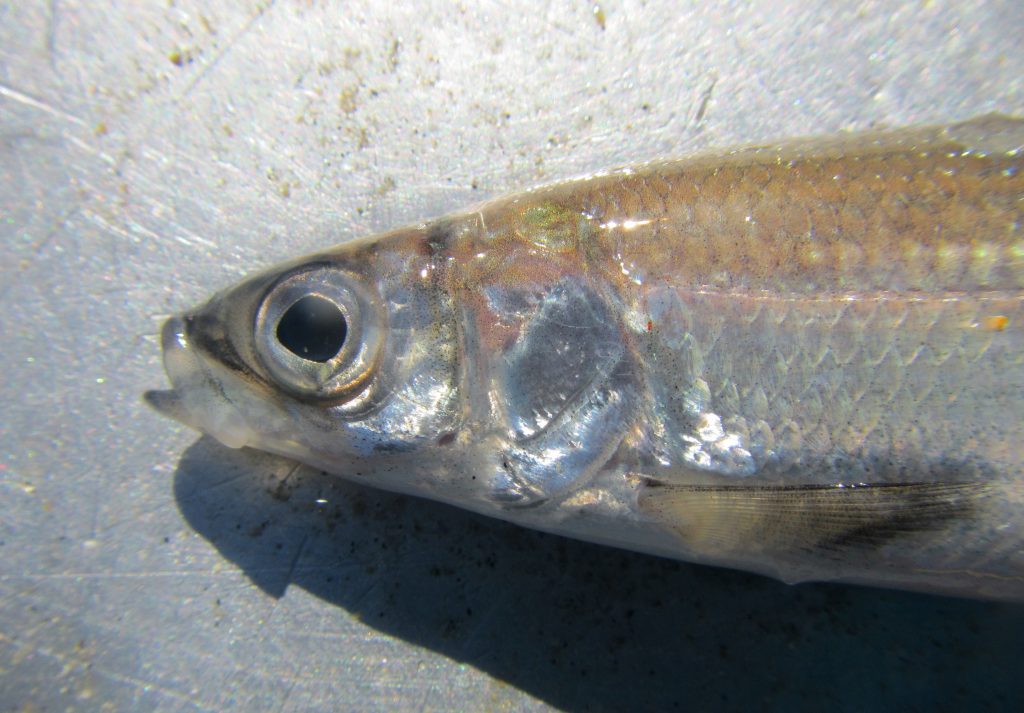At 1.88 million acres, Utah’s Grand Staircase-Escalante National Monument is larger than the combined footprints of the state’s “Mighty 5” national parks and Cedar Breaks National Monument.
That’s too big, according to a resolution approved Wednesday by the Utah Senate after passage last week in the House.
HCR12 calls on Utah’s federal delegation to support a reduction or modification of the monument, which was created by then-President Bill Clinton in 1996.
Benjamin Wood
At 1.88 million acres, Utah’s Grand Staircase-Escalante National Monument is larger than the combined footprints of the state’s “Mighty 5” national parks and Cedar Breaks National Monument.
That’s too big, according to a resolution approved Wednesday by the Utah Senate after passage last week in the House.
HCR12 calls on Utah’s federal delegation to support a reduction or modification of the monument, which was created by then-President Bill Clinton in 1996.
“Twenty years later, why shouldn’t we still have those discussions about what makes sense to be designated as a monument?” Senate Majority Leader Ralph Okerlund, R-Monroe, said. “The locals do not support it, and they will not until we finally get to a point where they have some ability to be able to participate in the process.”
Last week, the Republican-dominated Legislature quickly passed on party-line votes and Gov. Gary Herbert signed a resolution urging President Donald Trump to rescind the newly created Bears Ears National Monument.
But unlike on the Bears Ears resolution, a Democrat joined his GOP colleagues Wednesday in supporting a renegotiation of the Grand Staircase.
Senate Minority Leader Gene Davis, D-Salt Lake City, said the 1996 designation has led to two decades of lingering consternation among the residents of southern Utah.
“This is not a discussion to do away with the Grand Staircase-Escalante National Monument,” Davis said. “But rather, let’s sit down and negotiate some of the boundaries.”
Wednesday’s resolution is likely to add to the concerns of Outdoor Retailer organizers, who this week said they would consider new venues for the convention held twice-yearly in Salt Lake City.
And Patagonia President Rose Marcario announced Tuesday that her company would sit out the convention unless it was moved to another state due to Utah’s “hostile environment” for public lands.
“We are confident other outdoor manufacturers and retailers will join us in moving our investment to a state that values our industry and promotes public lands conservation,” she said.
Lawmakers who supported the resolution spoke in favor of preserving recreational opportunities for outdoor enthusiasts. But they added that a “mixed use” of public lands would provide a greater benefit to communities, including the potential to mine coal and uranium deposits contained within the Grand Staircase.
“You add all of the additional jobs that come along with that mining opportunity and it’s huge for that economy,” Okerlund said. “It would dwarf any economic growth that we have seen over the past 20 years.”
But Sen. Luz Escamilla, D-Salt Lake City, said studies have found growth in population, personal income and employment in the two decades since the monument was created.
The resolution sends a message, she said, but not necessarily one that helps the state.
Senate President Wayne Niederhauser, R-Sandy, said the primary issue with both Bears Ears and Grand Staircase is their size.
He said he supports the creation of Utah’s national parks, which included congressional approval, but described the unilateral designation of Utah’s monuments as “tyrannical.”
Free Range Report
[wp_ad_camp_1]



